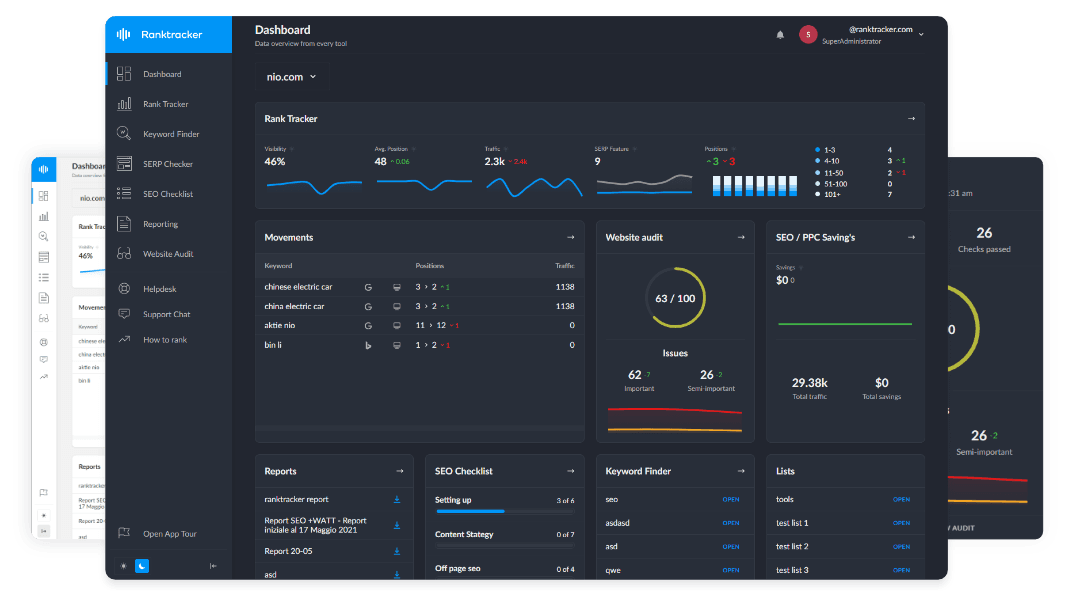Intro
Topical maps rely on three fundamental principles—Vastness, Depth, and Momentum—to structure content for maximum search visibility and authority. These three elements ensure that content comprehensively covers a topic, is detailed enough for search engines, and continues to expand for long-term rankings.
Why Vastness, Depth & Momentum Matter for SEO:
- Help search engines understand the full scope of a topic.
- Improve topical authority by balancing broad and in-depth content.
- Ensure consistent content expansion to maintain search relevance.
Components of Vastness, Depth & Momentum in Topical Maps
1. Vastness: Covering the Full Scope of a Topic
- Refers to the breadth of content coverage within a topical map.
- Ensures every major subtopic is included to signal expertise.
- Example:
- "SEO" as a topic should include:
- "Technical SEO"
- "On-Page SEO"
- "Off-Page SEO"
- "Local SEO"
- "SEO" as a topic should include:
2. Depth: Going Beyond Surface-Level Information
- Refers to how detailed each subtopic is covered.
- Enhances content quality, increasing its value for both users and search engines.
- Example:
- "Technical SEO" should include in-depth sections like:
- "Crawling & Indexing"
- "Core Web Vitals Optimization"
- "Schema Markup & Structured Data"
- "Technical SEO" should include in-depth sections like:
3. Momentum: Ensuring Continuous Content Growth
- Refers to ongoing content expansion and updates.
- Keeps topical authority strong and content fresh.
- Example:
- If "SEO Trends 2024" is created, follow up with "SEO Trends 2025" and periodic updates.
How to Implement Vastness, Depth & Momentum in Topical Maps
✅ 1. Map Out a Broad Topic & Subtopics (Vastness)
- Identify all key subtopics related to your niche.
- Example:
- "Digital Marketing" → Subtopics: "SEO," "PPC Advertising," "Content Marketing," "Social Media Marketing."
✅ 2. Expand Each Topic with Detailed Content (Depth)
- Create pillar pages, subtopic guides, and in-depth tutorials.
- Example:
- "SEO Guide" → Expands into "Keyword Research," "Backlink Strategies," "Mobile SEO Optimization."
✅ 3. Maintain Consistent Updates & New Additions (Momentum)
- Regularly update existing content and expand with fresh insights.
- Example:
- "Google Algorithm Updates" should be updated with every new core update announcement.
✅ 4. Optimize Internal Linking for Topical Strength
- Ensure logical navigation between broad and in-depth topics.
- Example:
- "Local SEO" should internally link to "Google My Business Optimization" and "Local Citation Strategies."
✅ 5. Use Semantic SEO & Structured Data for Better Search Understanding
- Implement schema markup to enhance content relationships.
- Example:
- "Best Marketing Tools" → Uses Product Schema for features, pricing, and reviews.
Tools to Optimize Vastness, Depth & Momentum in SEO
- Google Search Console – Monitor content performance and gaps.
- Ranktracker’s Keyword Finder – Identify new topic opportunities and search trends.
- Ahrefs & SEMrush – Analyze competitor content depth and expansion strategies.
Conclusion: Leveraging Vastness, Depth & Momentum for SEO Success
A strong topical map needs vastness for coverage, depth for authority, and momentum for sustained growth. By balancing these three elements, websites can improve rankings, enhance search visibility, and maintain topical dominance.

